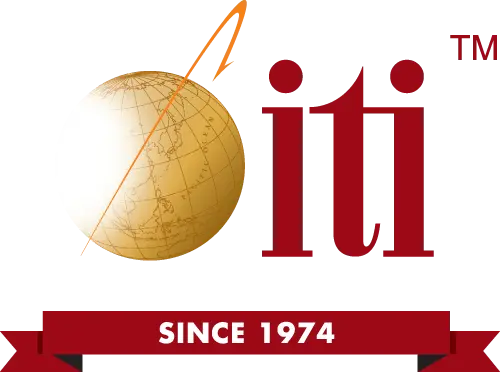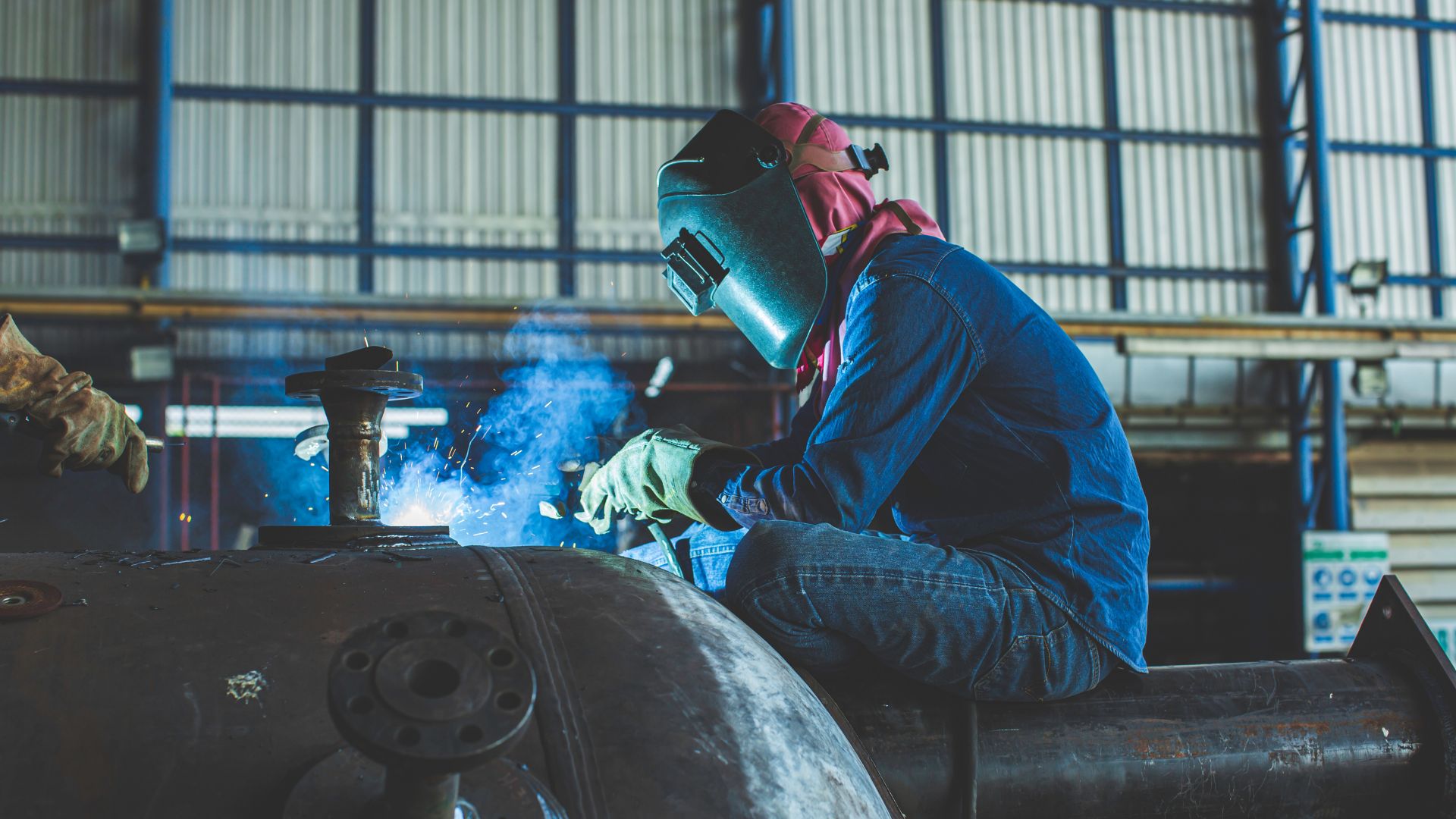Across the globe, shipping has been impacted by COVID-19. Because of this, a chain of events has impacted the production and manufacturing industries. Let’s look at how these events transpired and how the manufacturing industry can recover from this.
Shipping and Pricing Trends

Shipping and pricing have entirely changed since COVID began and has been impacted mainly by two things. The first of these two things is the changes to safety protocols for shipping companies. In order to reduce the spread of COVID, extra safety measures have to be taken to ensure the safety of the crew shipping the materials. These safety measures include taking time to disinfect all equipment while at the same time testing employees constantly to ensure that COVID doesn’t spread. One of the big things that slowed shipping down towards the pandemic’s beginning was losing employees for extended amounts of time due to employees getting sick. This slowdown towards the pandemic’s beginning is a crucial reason why the shipping industry is still trying to recover.
Another big reason shipping and pricing have been impacted so heavily is that demand has increased. When people first got the news that they would have to stay home, it changed the way people thought about how they would buy things. To think that two years ago, something like online grocery shopping and food delivery wasn’t nearly as popular as they are now. While food is one thing that’s been on the mind, common household goods are also now commonly shopped for online. In fact, according to Freightos, there has been an annual 60% increase in sales by third-party sellers on Amazon in 2022. These are only a few things that people have started ordering online, and this demand has led to delays in shipping.
Why Are These Issues Persisting?
So now that we have some reasons as to why shipping and manufacturing have been delayed, why have these issues persisted so many years after the start of the pandemic? When it comes to producing any sort of product, the only way to get ahead of delays isn’t to catch up, it’s to stay ahead. While manufacturing companies are doing everything in their power to keep up with the demands of the people, the one constant has been the fact that COVID has still been finding ways to evolve and spread at high rates.
With new variants seeming even more contagious than original COVID strains, manufacturing in China and offshore manufacturing have no choice but to be delayed for the foreseeable future. According to Statista, China accounted for 28.7% of global manufacturing output in 2019. Until the COVID stops being a constant in people’s lives, safety protocols and sick employees will continue to be relevant in the conversation of shipping and manufacturing delays.
A Look At the Stats
Towards the beginning of this year, shipping rates found a way to stabilize. While stabilizing the shipping rates is good, it doesn’t change the fact that shipping rates are still 8 to 9 times higher than they were at the beginning of the pandemic. This is because the value of space in the ports in California are increasing. The ports have handled more than 6 million empty storage containers, which was 20% more than in 2019. Because of the delay in shipments, companies have nowhere to store their containers and choose to leave them at the port until they have new items to ship. This has forced the rise in rates to store empty shipping containers at the port. In fact, almost 110,000 containers are stored in the port every day. As this issue gets worse, this leaves less space for shipments to be accepted.
Where Are the Bottlenecks?
With the delays persisting in the shipping and manufacturing industry, you have to wonder where the main bottlenecks are in the process. These delays start at the manufacturer. You’ll find it challenging to find a manufacturer that can handle being on time. The demands for items aren’t only overseas but domestic. So while shipping containers left at ports has been a problem, the bigger problem domestically has been the trucker shortage. It is increasingly difficult to find people willing to become truckers. The challenge of having a family and being a full-time cross-country trucker.
This challenge has led to the trucking industry being able to charge more money for their services. While companies find it challenging to find truckers, others find the solution in hiring their own truckers. What this issue has caused is a massive delay in truck manufacturing. Before COVID started, the truck demand wasn’t nearly as high as it is now. The recent trucking boom has come so quickly that it’s become difficult for anyone to keep up with the demand for trucking. These bottlenecks are stopping other goods from being shipped, like food. This trickle-down to different sections of our lives has only made it more difficult and expensive to get things that were much cheaper years ago.
How This Slowdown Affects the Industry
While we see the effects of the bottlenecks most clearly through things we use every day, a bigger issue is how companies have operated for many years. In the past, when a company needed something, they would order it and wait for it to come. This was how the car industry typically operated. This is also the reason why we saw a lack of new cars in 2021 and 2022. No one saw COVID coming, and this included the car industry. This resulted in a massive delay for companies that weren’t ready. In fact, the biggest reason why the car industry slowed so much was because of the components used in the brain of vehicles. The same materials used to develop the chips used in cars are also needed to produce the COVID vaccine. This alone slowed down car production almost to a complete halt.
When Does It Stop?

These delays and shortages in shipping and manufacturing have been felt all throughout the country. What many citizens want to know is when does it stop? This is a question that has a complicated answer. When the pandemic first started, some things happened immediately while others took some time to really feel the effects. To say that when COVID ends things will go back to normal is an assumption. Shipping and manufacturing have more than likely been changed forever — from the ways companies produce certain goods to how they decide to have them shipped. While there is no concrete end date, the most anyone can do is find different ways to adapt to the circumstances they’re given. When the manufacturing market is back at a healthy status, hopefully, the correct steps are taken to ensure that companies are more prepared for something like a pandemic in the future.
Do you own a company that is having difficulties with manufacturing? Working with ITI manufacturing, you can expect exceptional and timely services that can save your company money.






